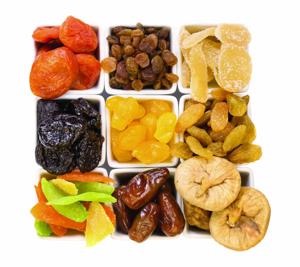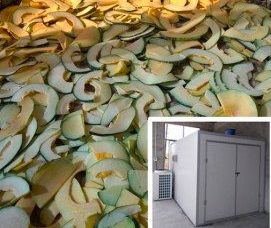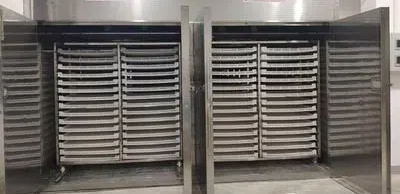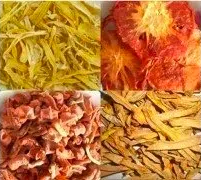
Content Menu
● Introduction
● Understanding Heat Pump Dryers
● Comparing Drying Times
>> Traditional Dryers
>> Heat Pump Dryers
>> Factors Affecting Drying Time
● Energy Efficiency
>> Cost Savings Over Time
● Advantages of Heat Pump Dryers
● Conclusion
● Related Questions
>> 1. What is the average drying time for a heat pump dryer?
>> 2. Are heat pump dryers worth the investment?
>> 3. Can I install a heat pump dryer anywhere?
>> 4. How do heat pump dryers compare in terms of energy consumption?
>> 5. Do heat pump dryers damage clothes?
Introduction
In recent years, heat pump dryers have gained popularity as an energy-efficient alternative to traditional dryers. However, many consumers are left wondering: How much longer does a heat pump dryer take compared to traditional dryers? This article will explore the drying times of heat pump dryers versus conventional dryers, their efficiency, and the benefits of switching to this innovative technology.

Understanding Heat Pump Dryers
Heat pump dryers use a closed-loop system to dry clothes. They recycle warm air instead of venting it outside, which significantly reduces energy consumption. The process involves:
- Heating air: The dryer pulls air into a condenser where it is heated.
- Absorbing moisture: The warm air is then directed into the drum, where it absorbs moisture from wet clothes.
- Cooling and recycling: After absorbing moisture, the air is cooled in an evaporator, allowing the moisture to condense and be collected or drained away. The now-dry air is reheated and sent back into the drum.
This method allows heat pump dryers to operate at lower temperatures, making them gentler on fabrics but potentially increasing drying times.
Comparing Drying Times
Traditional Dryers
Traditional electric and gas dryers typically operate at higher temperatures, allowing them to dry clothes quickly. On average, they can complete a drying cycle in:
- Electric dryers: 30 to 45 minutes for a standard load.
- Gas dryers: 25 to 40 minutes for a standard load.
Heat Pump Dryers
Heat pump dryers generally take longer due to their lower operating temperatures. However, advancements in technology have improved their efficiency. Typical drying times for heat pump dryers range from:
- Heat pump dryers: 45 to 90 minutes for a standard load.
The exact time can vary based on factors such as load size, fabric type, and specific dryer model.
Factors Affecting Drying Time
Several factors can influence how long it takes for a heat pump dryer to dry clothes:
- Load Size: Larger loads may take longer to dry.
- Fabric Type: Heavier fabrics like towels absorb more moisture and may require additional time.
- Moisture Level: Clothes that are wetter will naturally take longer to dry.
Energy Efficiency
One of the most significant advantages of heat pump dryers is their energy efficiency. According to ENERGY STAR, heat pump dryers use about 70% less energy than traditional vented models. This reduction in energy consumption translates into substantial savings on electricity bills over time.
Cost Savings Over Time
While heat pump dryers may have a higher upfront cost compared to traditional models, they often lead to savings in the long run due to lower energy usage. For example:
- Traditional Dryer Costs: Approximately $500-$700 over its lifetime in electricity costs.
- Heat Pump Dryer Costs: Approximately $200-$300 over its lifetime in electricity costs.
This difference can result in savings of over $500 throughout the life of the appliance.

Advantages of Heat Pump Dryers
1. Gentler on Fabrics: The lower drying temperatures reduce wear and tear on clothes, helping them last longer.
2. Versatile Installation Options: Since they do not require venting, heat pump dryers can be installed in various locations without needing extensive modifications.
3. Environmental Benefits: Lower energy consumption contributes to reduced greenhouse gas emissions, making them a more eco-friendly choice.
4. Reduced Humidity: Heat pump dryers do not expel hot air outside, which means they help maintain indoor humidity levels.
5. Quiet Operation: Many models operate more quietly than traditional dryers due to their design and technology.
Conclusion
In summary, while heat pump dryers may take longer than traditional dryers due to their gentle drying process and lower temperatures, they offer significant advantages in terms of energy efficiency and fabric care. With advancements in technology improving their performance, many users find that the benefits far outweigh the extended drying times.
As consumers become more environmentally conscious and seek ways to reduce energy costs, heat pump dryers present an attractive option that aligns with these goals.

Related Questions
1. What is the average drying time for a heat pump dryer?
The average drying time for a heat pump dryer ranges from 45 to 90 minutes depending on load size and fabric type.
2. Are heat pump dryers worth the investment?
Yes, despite higher upfront costs, they save money on energy bills over time due to their efficiency.
3. Can I install a heat pump dryer anywhere?
Yes, heat pump dryers are ventless and can be installed in various locations without requiring extensive modifications.
4. How do heat pump dryers compare in terms of energy consumption?
Heat pump dryers use about 70% less energy than traditional vented models.
5. Do heat pump dryers damage clothes?
No, they operate at lower temperatures which makes them gentler on fabrics compared to traditional dryers.












